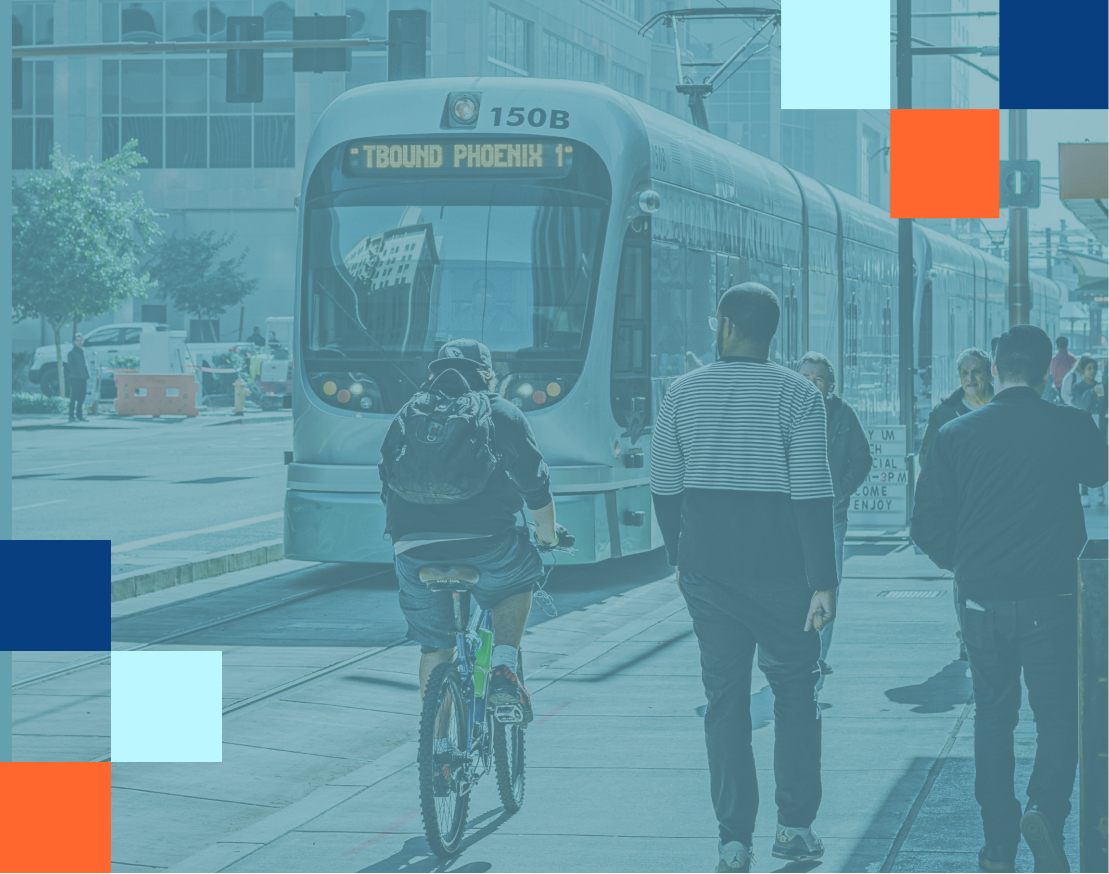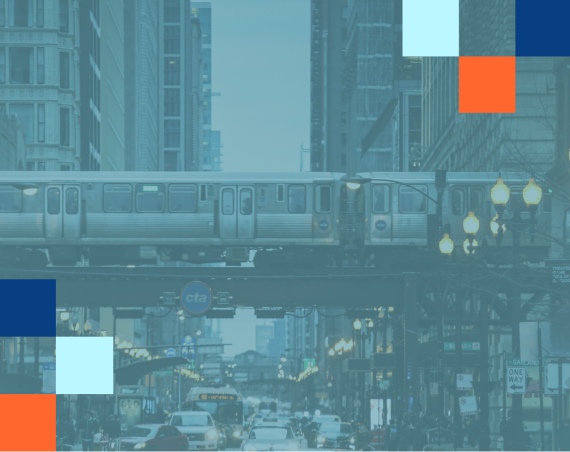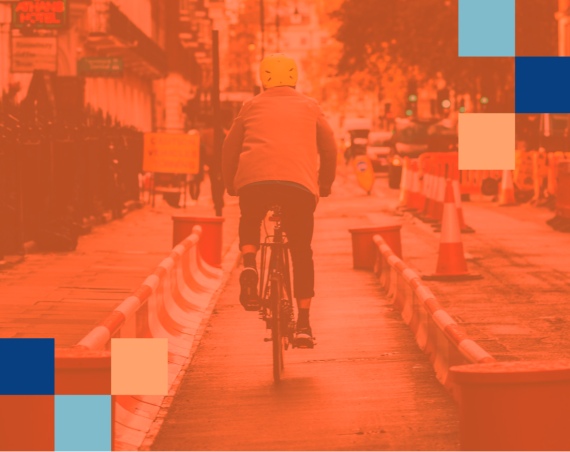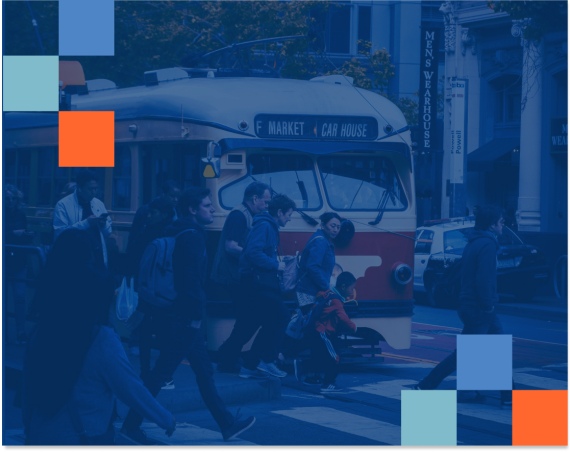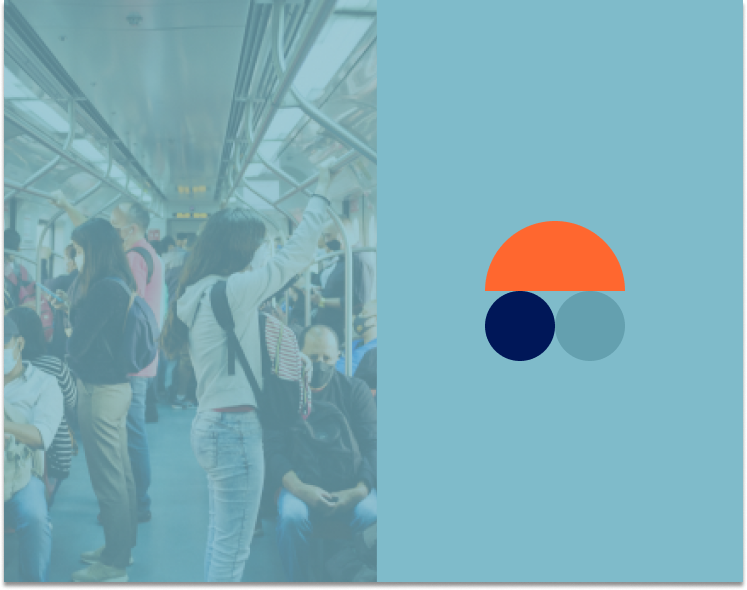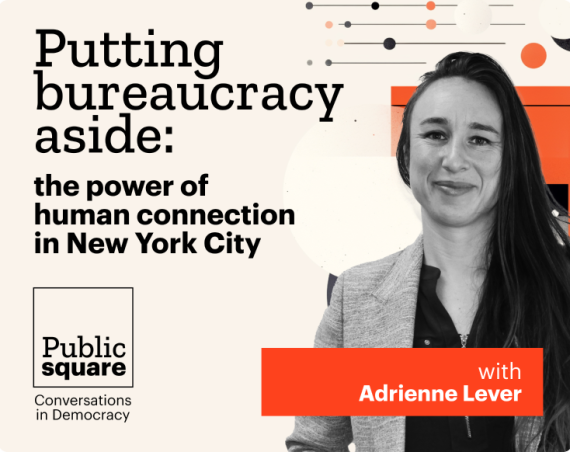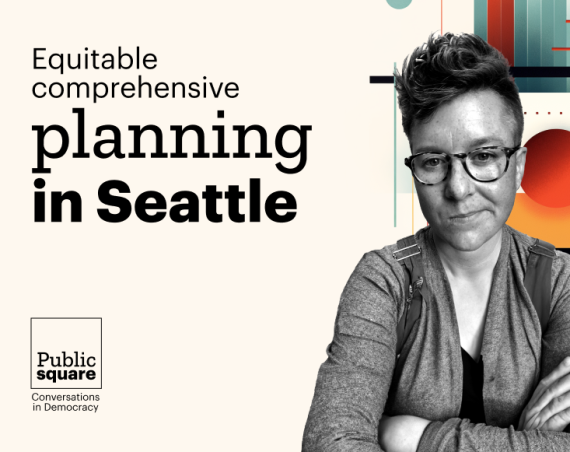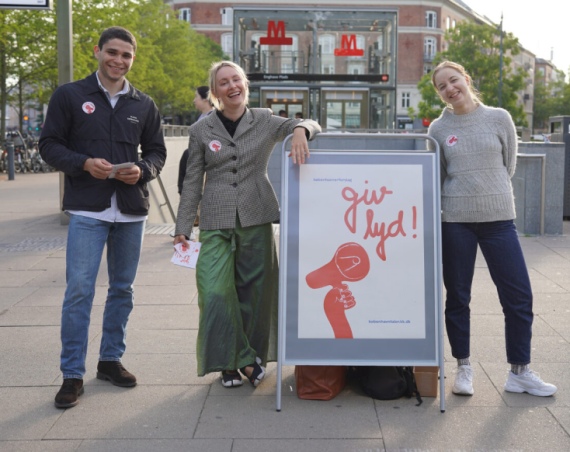From bustling metropolitan centers to pocket-sized villages in the remote countryside—wherever people flock together, questions about mobility inevitably pop up.
Mobility defines how we get around and stay connected. A city’s infrastructure, including the quality of its roads and public transportation, is one of the five main criteria in The Economist’s Global Liveability Index, making up 20% of the total score. After all, mobility isn’t just about getting from one place to the other, but about being able to do so safely, efficiently, and comfortably.
On top of that, thinking about our roads and rails inevitably leads to questions on bigger, more encompassing topics, such as pollution, inclusivity, and accessibility.
So, how can a local government “do mobility right”? The difficulty here is that the definition of “right” isn’t as straightforward as it sounds. As diverse as our communities are, so are their needs. A young person commuting to work likely has needs that differ from an elderly individual going to a doctor’s appointment or a person navigating grocery shopping with a disability. Cyclists might advocate for safe and well-connected bikeways, while safety takes on a different meaning altogether for women, POC, or LGBTQ+ folks making their way home at night.
Community engagement can help local governments account for these diverse needs in their mobility plans and policies to ensure they set the right priorities, and make mobility safe and accessible to all.
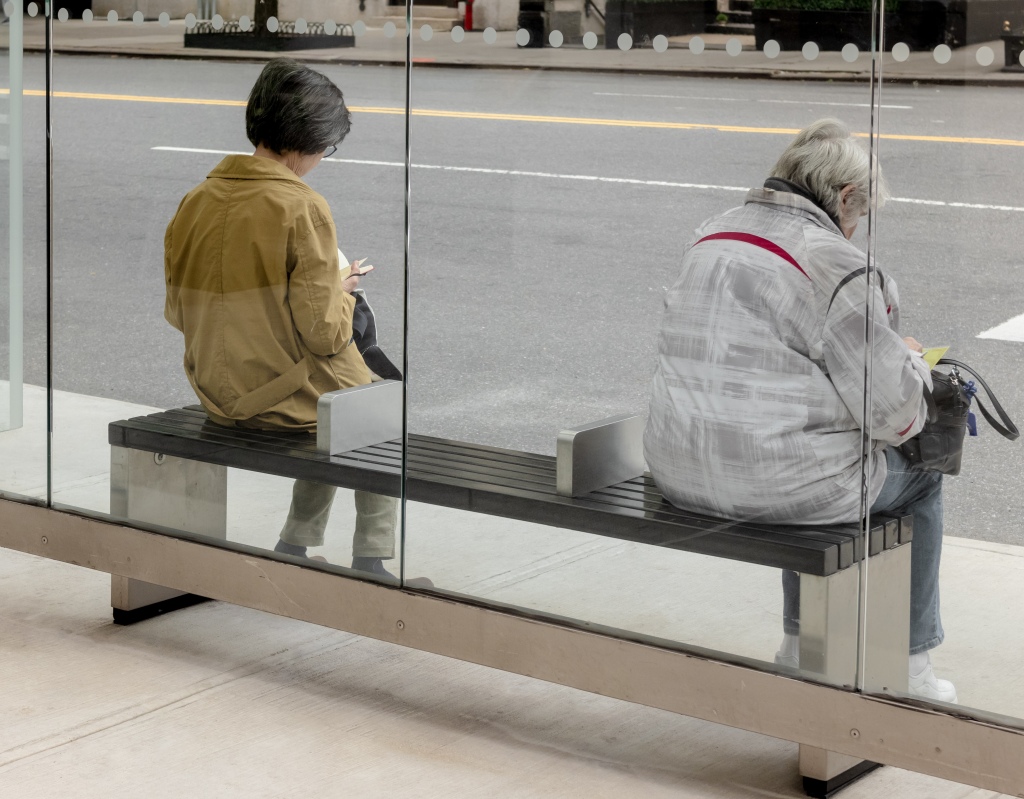
Mobility and a changing climate
It would be remiss of us not to mention that local governments also face another challenge in mobility planning. Climate change is forcing us to radically rethink mobility as we know it and come up with sustainable, future-proof solutions. According to the EPA, “greenhouse gas (GHG) emissions from transportation account for about 29% of total U.S. greenhouse gas emissions, making it the largest contributor (…)”.
Local governments will come to play a crucial role in the conception and implementation of a new type of mobility that is smart, sustainable, and fit for the cities of the future. But how can they go about this? Is it a matter of ending the car’s reign and establishing car-free, or at least car-lite, zones across the city? Or can they do so instead by reforming public transport, encouraging shared mobility, or investing in extra bikeways and pedestrian paths? Once again, co-creating mobility can help local governments set the right priorities.

Communities as liveable cities experts
Problems like this require innovative and co-created solutions. So when it comes to defining priorities and interpreting a wide array of opinions, community engagement is one of the most potent tools in local governments’ arsenal. By involving residents and stakeholders in the development of local mobility plans and policies, local governments tap into the community’s collective intelligence and access a wealth of knowledge and experience. The people living, working, commuting, growing up, and growing older in a specific place know what works, what doesn’t, and how sustainable change can be made. If you’re wondering if local public transport is safe, clean, or reliable enough, it makes sense to ask those taking the bus or metro every single day. And if you’re looking to make the city more accessible, it’s only natural to involve those navigating the world with a wheelchair, cane, or stroller.
There are a multitude of engagement methods available to help move these conversations forward. Whether you’d like to launch a survey to gauge the community’s opinions, use mapping to pinpoint locations for mobility expansion, or organize an online workshop to facilitate deeper dialogue, community engagement can help identify the way forward – together.
In fact, community engagement helps local governments identify problems and bottlenecks (see Stirling’s City Centre South) and define priorities and preferences (see Lancaster’s South Duke Street). But there’s more. Involving your residents and stakeholders nurtures a sense of mutual trust, something that is much-needed in tight-knit communities. It builds buy-in for new mobility decisions and ultimately allows local governments to co-create innovative and equitable mobility solutions for better, more liveable cities.
Co-creating mobility plans with community engagement
Ready to explore what might work for you? This is a great place to start:
- Download our free beginner’s guide
- Curious how it all applies to urban development? We’ve got a guide for that, too.
